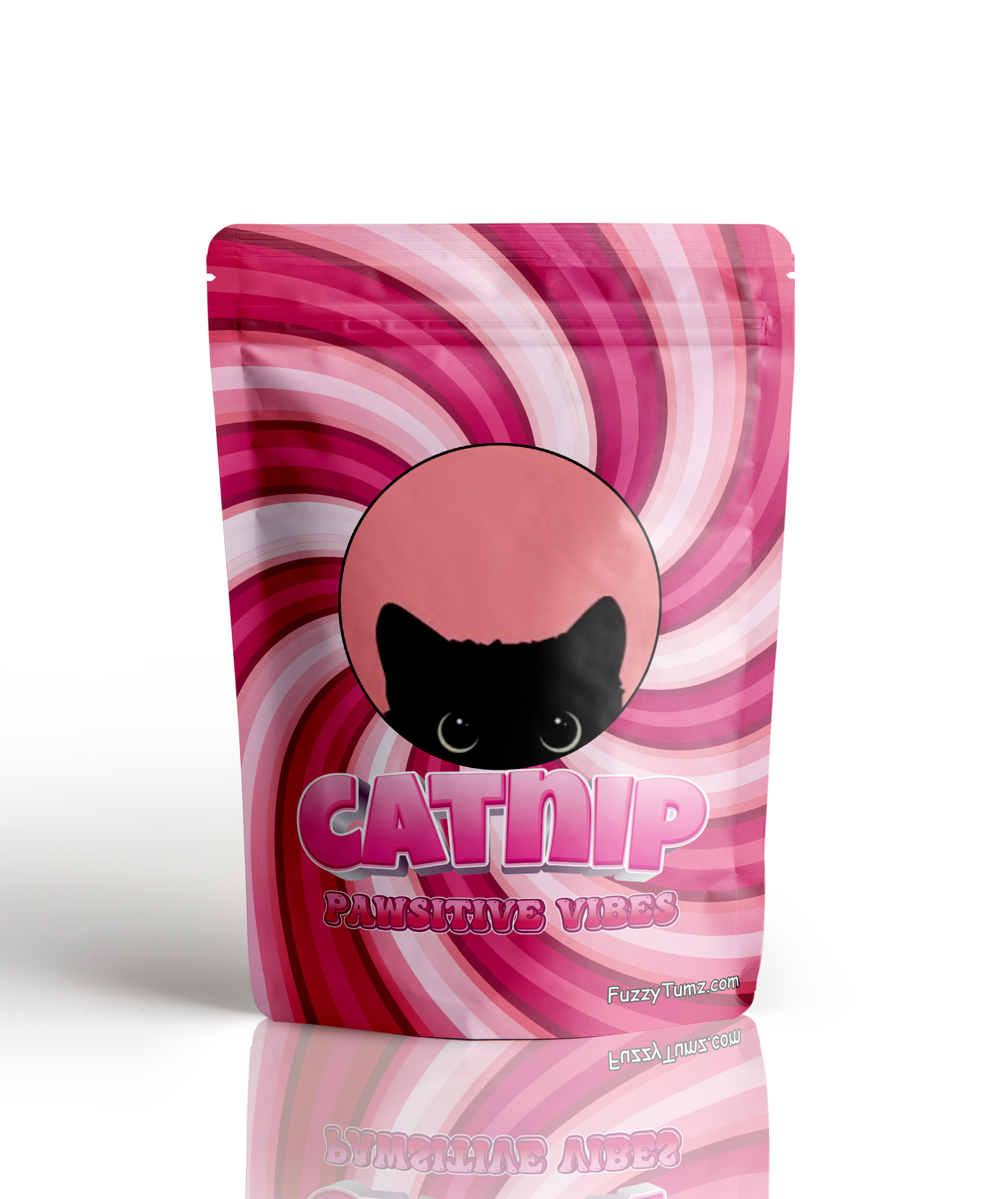Home » Cat Plants » Does the Chinese Evergreen Plant Pose a Threat to Cats?

Chinese Evergreen (Aglaonema) is a popular houseplant known for its attractive foliage and easy care requirements. However, this plant is toxic to cats if ingested.
While not an allergy, Chinese Evergreen contains insoluble calcium oxalate crystals that can cause oral irritation, pain, and other serious symptoms in cats. The plant is commonly found as a decorative indoor plant in homes and offices.
Ingestion may cause mild gastrointestinal upset, but is generally not life-threatening.
Ingestion can result in mild symptoms like vomiting, diarrhea, or drooling. Rarely fatal but may require veterinary care.
Eating these plants can lead to more pronounced symptoms like abdominal pain, lethargy, or difficulty breathing. Veterinary intervention may be necessary.
Ingesting even small amounts can cause severe symptoms like organ damage, seizures, or cardiac failure without rapid treatment.
All parts of these plants are extremely poisonous to cats and can quickly lead to death, even with immediate veterinary care.
** Please note: Please note that toxicity level can vary based on the amount ingested and the specific cat. It's always best to keep these plants completely inaccessible to cats and seek immediate veterinary care or call the poison hotline if you suspect your cat has ingested any part of a toxic plant.
If a cat ingests any part of a Chinese Evergreen plant, it may experience the following symptoms due to the calcium oxalate crystals:
In rare cases, swelling of the upper airway can occur, making it difficult for the cat to breathe.
If you suspect your cat has ingested Chinese Evergreen, seek veterinary care immediately. Your veterinarian may follow these steps to diagnose and treat the issue:

A: Yes, cats can be allergic to Chinese Evergreen. Symptoms of an allergic reaction may include itching, sneezing, and skin irritation.
A: Yes, Chinese Evergreen, also known as Aglaonema, is toxic to cats. Ingesting any part of this plant can cause symptoms such as vomiting, diarrhea, and drooling.
A: Symptoms of Chinese Evergreen poisoning in cats include vomiting, diarrhea, excessive drooling, difficulty swallowing, and swelling of the mouth and throat. Immediate veterinary care is recommended if ingestion is suspected.
A: To prevent contact, ensure that Chinese Evergreen is not present in your home or garden. Keep your cat indoors or monitor outdoor activities closely to avoid exposure.
A: If your cat ingests Chinese Evergreen, contact your veterinarian immediately. Do not induce vomiting unless instructed by a veterinary professional. Immediate medical attention is necessary.
A: Yes, Chinese Evergreen is commonly found in homes and gardens as an ornamental plant. It is important to ensure this plant is kept out of reach of cats to prevent accidental ingestion.
Chinese Evergreen plants are native to the tropical and subtropical regions of Asia and New Guinea. They have been cultivated as ornamental plants in Asia for centuries, believed to bring good luck and fortune.
In 1885, Chinese Evergreens were introduced to the Western world when they were brought to the Royal Botanic Gardens, Kew. Since then, they have been widely cultivated, hybridized, and bred into various cultivars, becoming popular houseplants worldwide.
Please note: The information shared in this post is for informational purposes only and should not be considered as veterinary medical advice.
